WINE AND LATIN AMERICAN CUISINE
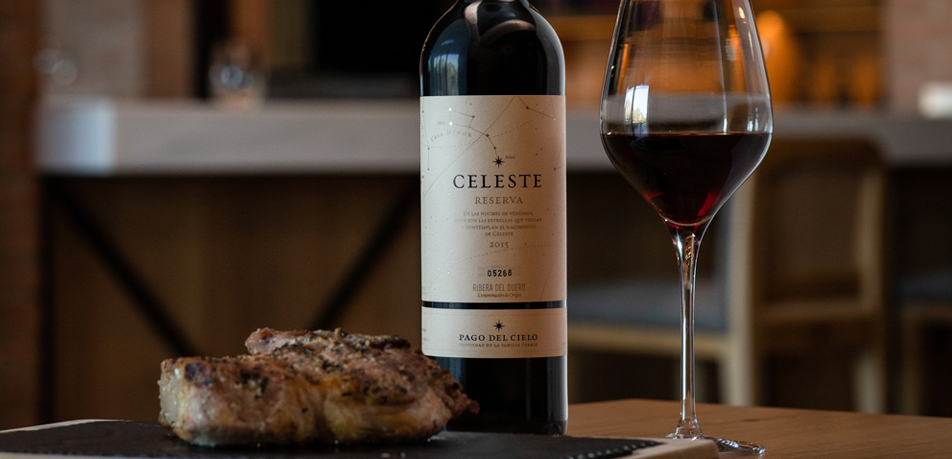
The success of Latin American cuisine derives from a cultural medley rooted in pre-Columbian civilizations, which gradually branched out to embrace influences from Spain, Italy, Central Europe, Japan, and parts of Africa once under Portuguese colonial rule (mostly reflected in Brazilian cuisine).
Generally speaking, Latin American cuisine is flavorful, colorful, and richly diverse; a perfect fusion of ancestral, indigenous, and inherited traditions. This wonderfully varied culinary universe contains and invites a wide range of wines that square the circle of delightful dining.
Striking a balance between contributions with indigenous roots and those brought in from abroad is what defines the food culture of the continent. Chile, Peru, and Mexico exemplify the fusion concept, whereas countries with a more reticent, subtle indigenous imprint – like Argentina and Uruguay – have culinary foundations steeped in European – especially Spanish and Italian – influences.
Argentinian cuisine, like the country's people, is open, an invitation to share. Here flavor wins out over sophistication. Wheat, beans, dried pulses, maize, sweet corn, cow's milk, and beef comprise the mainstay of local raw materials. Spanish and Italian influences give the dishes their form and content.
The Argentinian asado is almost a religion, and in the depths of Celeste Reserva, it finds the elegant structure and noble full-bodied disposition needed to balance the seasoned power of the meat.
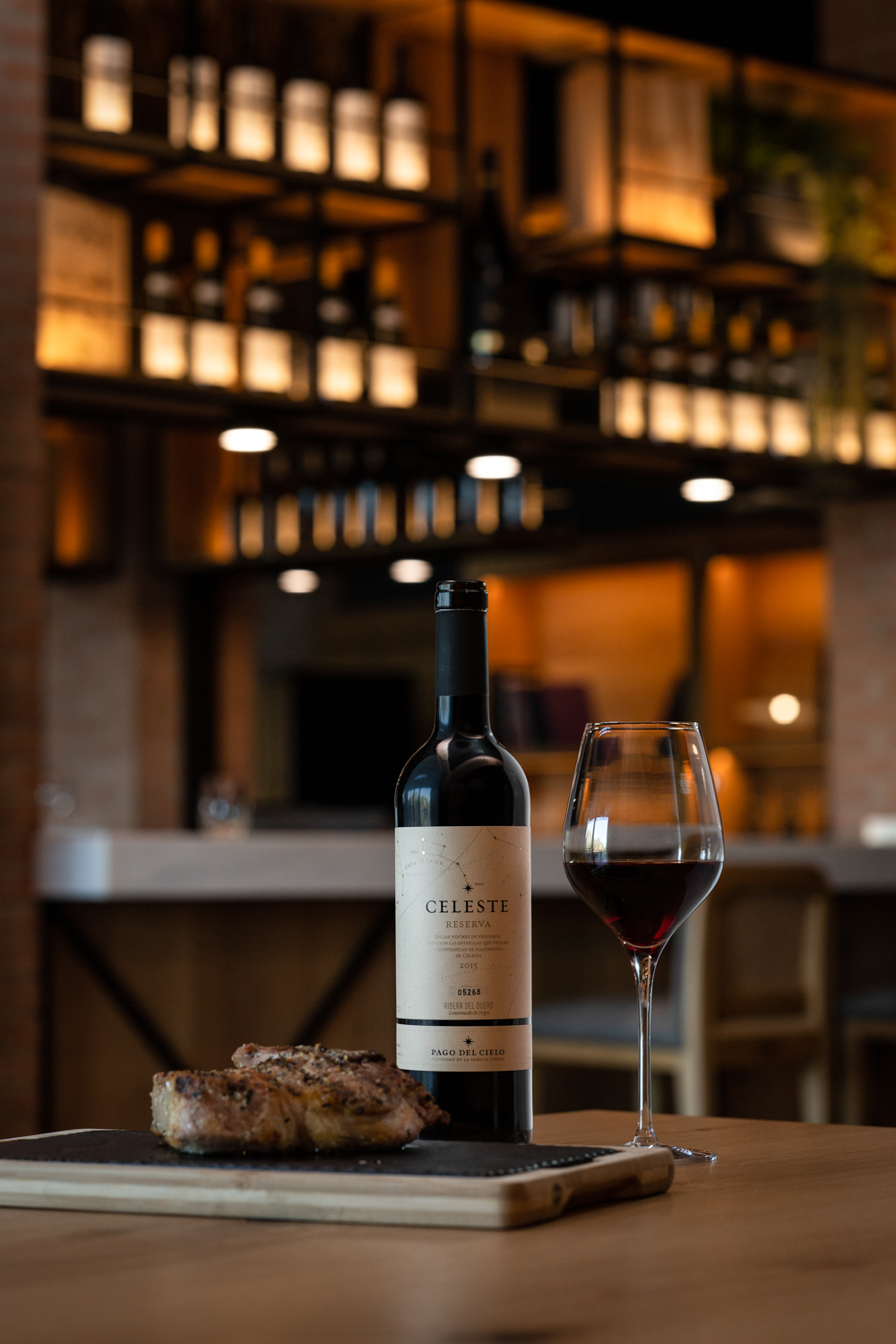
Celeste Reserva is opulent, full-bodied, fruit-laden, deep in color, and our pick for Argentinian food.
Uruguay shares a border with Argentina – and a fondness for meat. The charrúa cookbook revolves around chorizo and morcilla blood sausage, rump steak, achuras (assorted entrails), and chitterlings. Fire, meat, and Salmos.
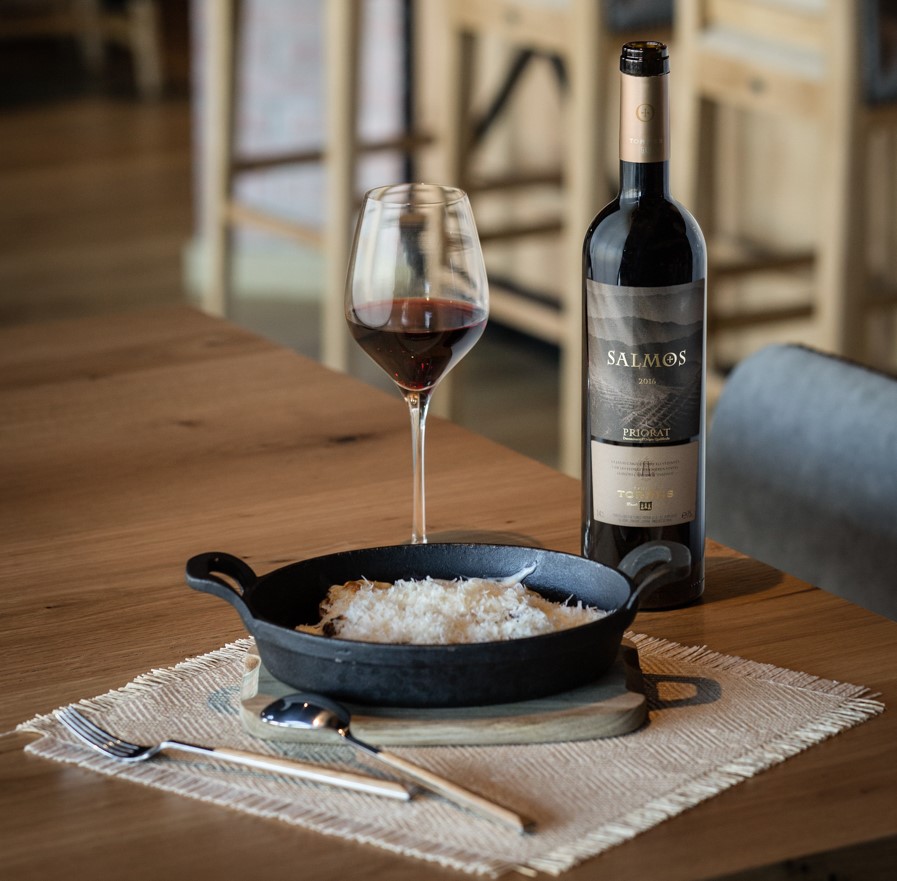
Salmos is a red Garnacha, Cariñena, and Syrah blend. Our choice for typical Uruguayan fare.
The Uruguayan take on pizza is a delight waiting to be discovered. Fainá is prepared on a chickpea-flour base. A full-bodied rosé or an expressively youthful red would do it justice.
Chile brings criollo, indigenous, and French traditions to the table. Ají (ground sweet corn dough) is served with beef and pork.
The sea offers another taste of the country's gastronomic richness. Scallops, prawns, sole, shrimp, octopus, and spiny lobster give the Chilean coast a plethora of ingredients that will delight lovers of Chardonnays like Sons de Prades.
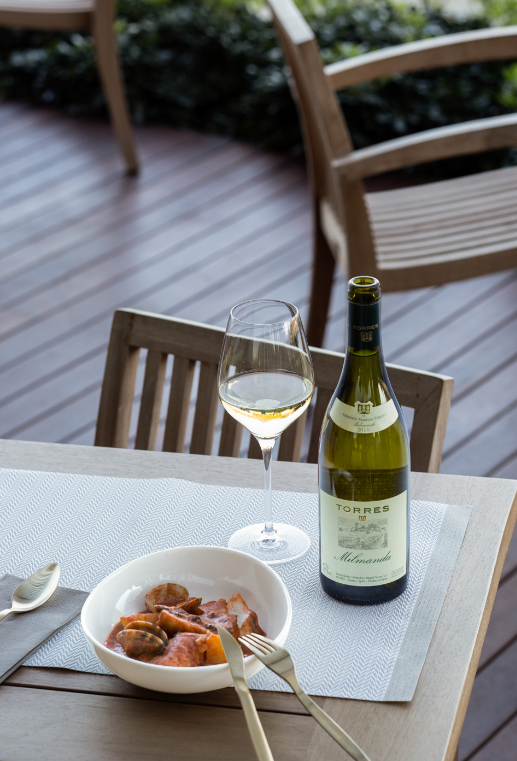
Milmanda is a complex and harmonious combination of aromas; an elegant, noble wine of great lineage. Another magnificent option for Chilean cuisine.
Mexico and especially Peru have earned their rightful place on the culinary Olympus. They represent a perfect symbiosis between their indigenous heritage and outside influences. From criollo to nikkei (the fusion of local and Japanese food), from ceviche to llama steak, Peruvian food is pure originality on a plate.
TMexican fish tacos, Peruvian ceviches, and the rich assortment of Asian-inspired dishes call for the sensuous and elegant essence of a Sauvignon Blanc like Fransola.
The Portuguese, African, and Germanic heritage of Brazil casts an ancient spell, turning ancestral traditions into the foundation for a culinary expression filtered through countless influences. Nowadays, Brazilian cuisine emphasizes its fusion tendencies.
This Amazonian prawn stew by chef Alex Atala is a great example. A caldereta of pure flavor searches for the perfect sparkling wine: Vardon Kennett.
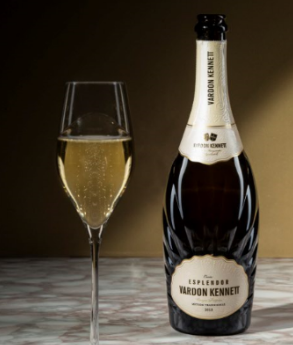
Vardon Kennett is a sparkling wine made from Pinot Noir, Chardonnay, and Xarel·lo.
Latin American cuisine embraces modernity without losing its indigenous soul. It looks to nature and the past to define itself through a wealth of ingredients and serves up the best of countless worlds. This is edible history...looking for a perfect match.
